Foreword
Last winter, 2021/2022, I went on a road-trip through Europe with Portugal as my destination. I wanted to see as many of the temples and megalithic sites as possible, so I built a mini camper to travel around in. Restrictions due to mass hysteria and winter approaching made me decide to travel as fast as possible to get there. I started out from Rostock/Germany on the 26th of November and drove to Eindhoven/Holland, on my first leg. The day after, I had planned to drive to Bordeaux/France, but the traffic through Paris was gridlocked, so I ended up stopping for the night an hour short of Bordeaux. On the third day, I arrived in Portugal. It was freezing in the mountains of Sierra de Estrella, so I wanted to go south as fast as possible. I had planned a four month trip with three of them in Portugal and then, in spring, have a month to travel back to Sweden. Said and done. I drove south to the Evora district in the centre of Portugal, just over an hours drive east of Lisbon. The area is littered with megalithic sites (cromlechs, menhirs, dolmens and temples). As a matter of fact, Portugal has so many strange places and sites that three months, in hind site, was not nearly enough to see a fraction of it all. I travelled without a GPS and used only a road-map which made the journey more interesting. I took many wrong turns and ended up, not always were I intended, but at places of interest outside my – not very detailed travel plan.
The Evora district
Very few of the archaeological sites in Portugal have been investigated due to the fact that many of them sit on privately owned land, and it is up to the landowner to give permission to dig. I drove past many pastures — no-go areas that had huge piles of interesting megaliths on them. Many sites had cyclopean (like in Cusco, for example) featured walls on them and stones re-used in a non-intended way. Like this stone (left) that has sixteen corners in it, which is kind of un-necessary, as everything underneath looks like piled rubble. Then (right), even further down, at the bottom, there are stones with a perfect fit.
Many of the stones were heavily eroded on the sides that had been exposed to weathering and wear, which could be a sign of great antiquity. On the sides that had been covered, it was still possible to see chisel marks.
There were also a lot of stones that had been worked on strewn across the landscape, like this one, for example (below). It was sitting just a stone-throw away from the archaeological centre at the site of Dos Almendres. Along the way, I became friends with a stray dog and took her off the street. The vets thought she was around nine months old in February 2022. We have been together for a year now. She has been to nine countries already, and her name is Samba. Here for reference.
Other sites, like this dolmen close by, was heavily desecrated and turned into a church.
But let us head up to Dos Almendres, or as it is called:
Stonehenge of Portugal
This cromlech consists of hundreds of megaliths (menhirs), set in a semi-ellipsoidal formation along an East-West axis and is situated 415 meters above sea-level on a slope facing due east. The stones were erected around eight-thousand years ago, and the site is clearly aligned to celestial events. The picture below is taken a while after sunrise, and the stone we see in the foreground has a groove in it, like an aim, that perfectly lines up due East with the stones in front of it.
It would be nice to get back there at equinox and get a good – straight shot. As this picture was taken in-between winter solstice and spring equinox, the sun rises East-South-East. Anyway, there is another stone (Pic A – small arrow) that also has a groove in it, but it is aligned in a North-South direction. In the picture below (Pic B), the sun sits due south at noon and aligns with the groove and the stones behind it. Unfortunately, it was very cloudy that day, but the sun is in there somewhere. You can see the stone in the background, mimicking the shape of the aim. When they align, then you have the perfect lock on south. I had to make it visible in this shot, so it is a wee bit askew.
This perfect alignment must have been crucial to its function as many of the stones have very faint carvings on them that can only be seen during a half hour window at noon – or if you go there by night with a torchlight. Below is a picture showing the lay-out of the site and also some of the stones with clearly visible carvings on them. Notice stone number four with something that looks like three meteorites. Arrows A & B show the position of the two stones with the grooves.
Below is a picture of stone number three. The shadow is pointing north as it is noon, and the faint markings are visible.
Many days and nights were spent at that site; walking around with Stellarium set to night-mode, trying to figure out directions and connections to the celestial roof above. It was a very enchanting place with its shadow-play that must have been intentional as it only happens at noon. Another place with shadow-play close by is:
Vale de Maria do Meio
Just half an hour drive away, we find this smaller cromlech situated in an oak grove with a goat farm all around it. I stayed there for three days close to the winter solstice. How often can you camp right next to a site like this?
It was a beautiful place to stay at, and a joy to do surveys at, as there were almost no tourists off season; a couple of visitors a day. The site is dated to be around seven- eight thousand years old; it was excavated in 1995 and is a national monument. Engravings of circles, horseshoes and lunar crescents have been found on two of the menhirs. It too has a perfect alignment to all four cardinal directions, and it too has shadow-play. It is also lined up to the solstices, amongst other things. In the picture below, the yellow rings = Stones that you can see. Green rings=Stones in a map from the excavation. (Satellite Google)
Let us start with sunrise on the winter solstice when these (below) three stones line up with the rising sun. I believe the stone laying to the left might have been a lid (like a clam) for the middle stone. I put some water in it (Water stone), and if it weren’t for the trees, the sun would have risen right where the arrow is, and it would have lined up quite nicely to catch the reflection of the last sunrise of the year. It would also catch the sunrise of the summer solstice coming in from the left.
Closer to noon, there was a display going on that I recorded with time-lapse. Here I show one hour prior to noon (below left pic. centres of circles – red dot) and the end result with the circles emphasised (below right pic.). If the stones were erected the right way when they restored the site, this could be a solstice marker (Circle stone). There were two, very faint circles on this stone; the shadow from the stone in front of it seemed to be drawn towards them, almost caressing them. At exactly noon, they joined.
Right next to the stone with the circles, I found another interesting one. The one that I would like to call: The Dude. I have emphasised some of the features in the lefthand picture. He also appeared at noon. Doesn’t he look like something from Easter Island? Or Puma Punku, Bada valley, Göbekli Tepe? Bearded, with his hands in front of him, right at the navel? Of course, he is heavily eroded after so many thousands of years, but still? There is more to this man, and his surroundings, than meets the eye… Not only is he the anchor of the East-West axis, but he also seems to be the guardian of Sirius.
Sirius could not be seen from this site until 11.000 years ago, as it did not rise above the horizon before that. Then it pops up due south and makes a wider and wider arch until the present day when it starts migrating back to finally disappear below the horizon again. Then it will not be seen from this site for six thousand years. This “migration” of Sirius is due to the precession of the equinoxes and the tilt of the earths axis.
In the next picture, we see the purple lines pointing to the extremes of Sirius (which happens in the present day) and also a dotted purple line pointing at a lonely stone which, in this case, points at a date some four thousand eight hundred years before the common era — i.e. about seven thousand years ago. This seems to fit with the dating of the site – five to six thousand years B.c.e. Notice how pointy the lonely stone (right side) is. For precision? Perhaps it is possible to get a time-span if the precise angles were measured from the width of the stone? I will have to check next time I am there. The black arrow shows the stone, but also the direction of sunrise/sunset at summer/winter solstice.
Perhaps this site is meant to be some kind of clock built on astronomy? Start date: 11,000+ years ago, then point at something seven thousand years ago. There is more to this sites architecture than I have space to write about at the moment. A more detailed description will be available as soon as I can finish the damn book I am trying to write (as I mentioned in my previous article). The problem is that when I write and want to double/triple check angles and facts, I end up seeing new angles and new facts, and I have to refine the machinery, but I’m getting there…
To finish this visit to Vale Maria do Meio off, I would like to mention this little co-incident. One evening I got lucky when I was trying to shoot a picture of the polar-star. I was standing along the East-West axis by the stone facing Polaris/North when a commercial airplane flies straight in front of it.
With this picture, we venture off to…
The pregnant woman of Alcalar
At the southern tip of Portugal there is a monument that, kind of, looks like a small version of New Grange in Ireland. Alcalar was part of a larger social and cultural development in the southern Iberian Peninsula that occurred around 3000 b.c.e. I was lucky when I went there as they’d just opened up after months of lockdown. As some sort of compensation, they let everyone in for free – double luck! In the left hand picture, we see the entrance, which can also be seen in the middle of the right-hand (satellite) picture. In the presentation of the site, it says that this monument is not lined up to any particular direction or celestial events. To me, it looks like it does. The wall south of the entrance ends exactly where it is possible to draw a straight line North-South to the megalithic lintel on top of the entrance (watch the shadows – right pic). I will get back to the wall shortly after I’ve turned my focus to the entrance.
I got stuck here for a long time while trying to suss this puzzle out. In the short corridor leading up to the entrance, there are two “seats”, one on each side. To the left of the corridor, there is a curved slab of stone (Blue) that caught my attention. At summer solstice (76°), the suns rays hits the edge of the seat and then the floor. Then at winter solstice (29°), the shadow reaches the northern “chair”. It also hits the edge of the curved slab the first week of April (61°). From summer solstice to April, it is nine months… I wonder what the intention of that could be? I think we will see in a short while…
The entrance also seemed to line up with the sunrises/sunsets of the solstices (green lines). It is also nine degrees off from the East-West axis, hmmm…
If anyone reading this has a phone with a scanner, and, just happens to pass by Alcalar, and would like to scan the entrance then send the file to me, I would be very surprised – and very grateful. Then it would be possible to check my hypothesis that the monument was built to align with the summer and winter solstices. But, by now, we are familiar enough with the outside, so let us get…
Inside the belly
So what is the significance of the number nine? This monument felt like something used for portraying pregnancy or re-enacting the birth. The smaller monument next to it was a tomb. Life and death cycle? After you pass the “seats” and the corridor (9° off axis, nine months of pregnancy?), you have to crawl on all fours past the entrance and through the five meter shaft to reach its centre. The centre chamber is completely round with two niches, one on each side of the entrance, big enough to crawl into and lie in a foetus-position. Could this represent the ovaries? The narrow shaft would then be the birth-canal.
This is just speculations from my side, but something else that has to do with the outside wall, caught my attention and strengthened my suspicions.
Shadow on the wall
“…we are satisfied with the artist who is able in any degree to imitate the earth and its mountains, and the rivers, and the woods, and the universe, and the things that are and move therein, and further, that knowing nothing precise about such matters, we do not examine or analyse the painting; all that is required is a sort of indistinct and deceptive mode of shadowing them forth. “ Plato – Critias
Shadowing them forth? I, as many others, have tried to follow Plato’s cryptic writings through his dialogues: Critias and Timaeus which deals with the possibility of a lost civilisation, but it is not easy. This sentence got me interested in shadows and what they might have to say. As we have seen at the older sites, the artists really knew how to shadow forth their art. It takes a lot of knowledge of celestial movements to make it so precise. Has this knowledge survived up until the Alcalar monument was built two thousand years later?
Starting at noon, something interesting happens with the wall. Before noon the wall does not cast any shadows, but when the sun sits due south, the spectacle begins. The shadow starts to grow… With pregnancy and fertility in mind, what does the shadow look like?
Perhaps it is intentional or just a result from the restoration, but I think it looks just like a pregnant woman who’s belly grows. As the show starts exactly at noon, it seems as if there could be some intention behind it. I believe it is worth studying further in an archeo-astronomical way. Anyway…it is all very fascinating!
I had three wonderful megalithic months in Portugal, travelling from north to south and then north again. I went to the pagan sanctuary of Panoias (Portugal) and Carnac (France), both on my bucket-list, on my way back to Sweden in March 2022. Hope you have enjoyed this article.
/Leonard Wolf
If you wish to explore the north of Portugal and the Evora area with me as a tour-guide, I have put together a one-week tour, starting on the 17th of March, 2023. During the spring equinox, we visit Dos Almendres and Vale de Maria Do Meio and see the sun rise due east to line up with the megaliths. We will also do nightly archeo-astronomical excursions and watch the stones in torch-light. In the evenings, there will be presentations, workshops…and lots more. Then we go north (Panoias) for two days. Apart from the places mentioned, we will visit at least a dozen more sites, plus one bonus site. If you want to book or make inquiries, please join the FB- group: “Megalithic Tour Portugal” There will only be eight seats available and cabin-sized luggage+small handbag or backpack only. Lots of walking in rough terrain and steep slopes, two-three hours a day in a minivan… But it could be worth it.






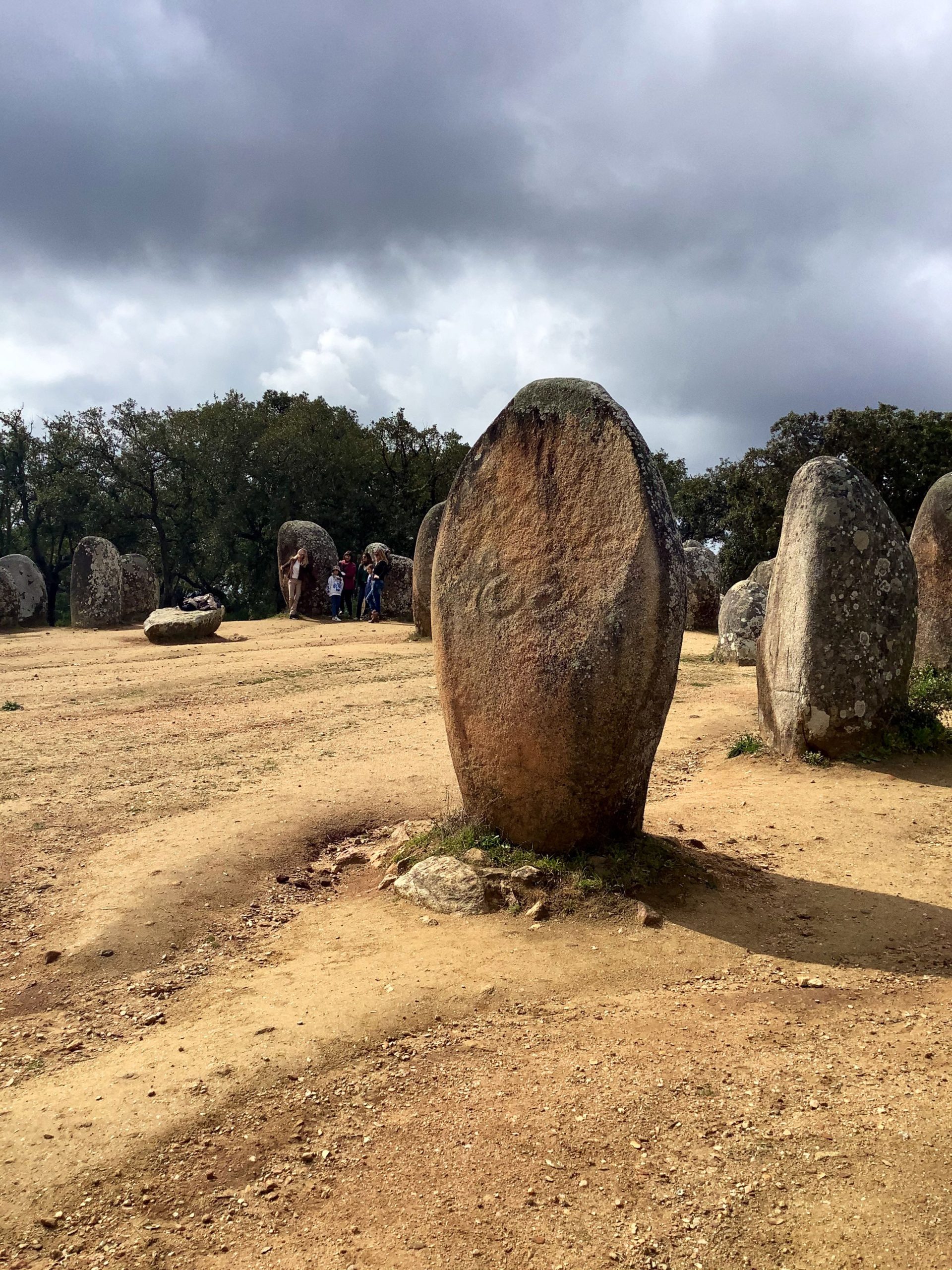
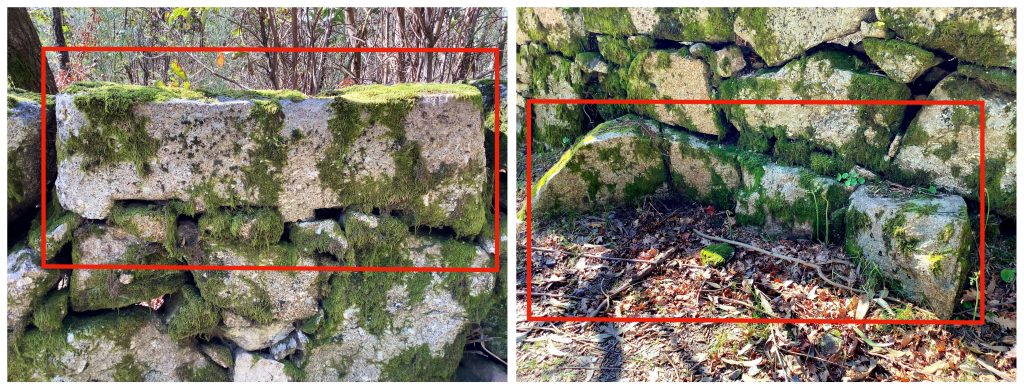
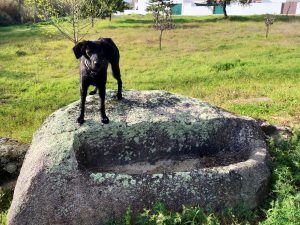

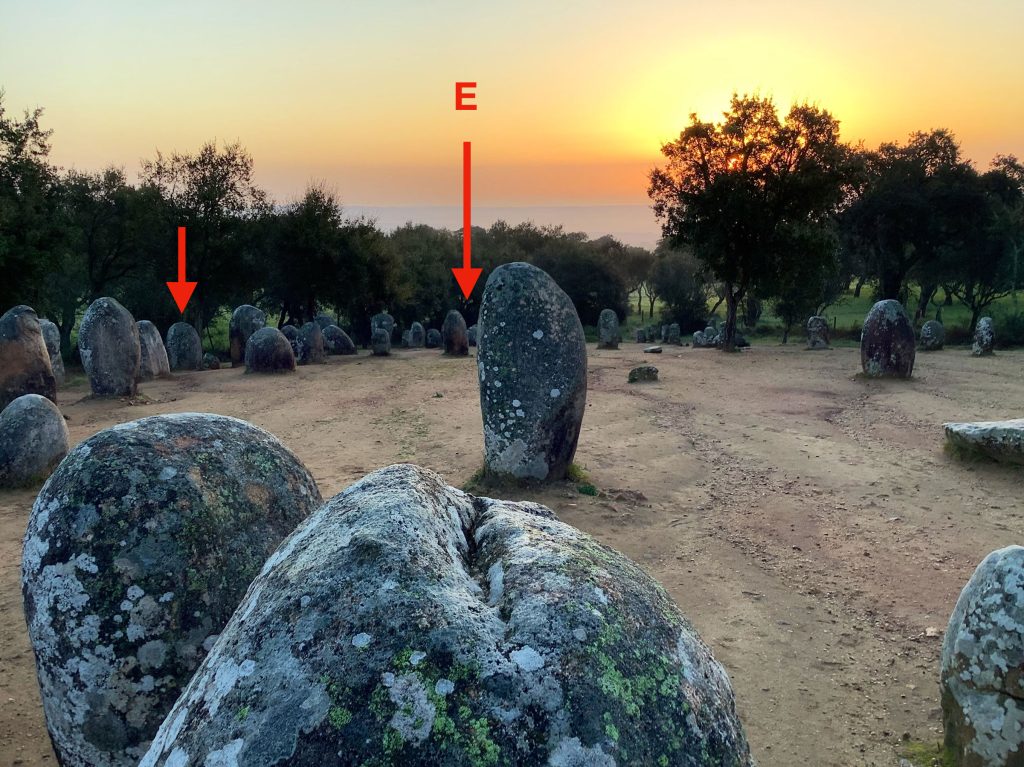

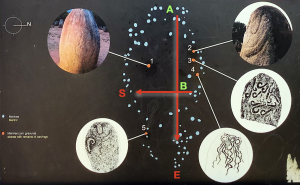


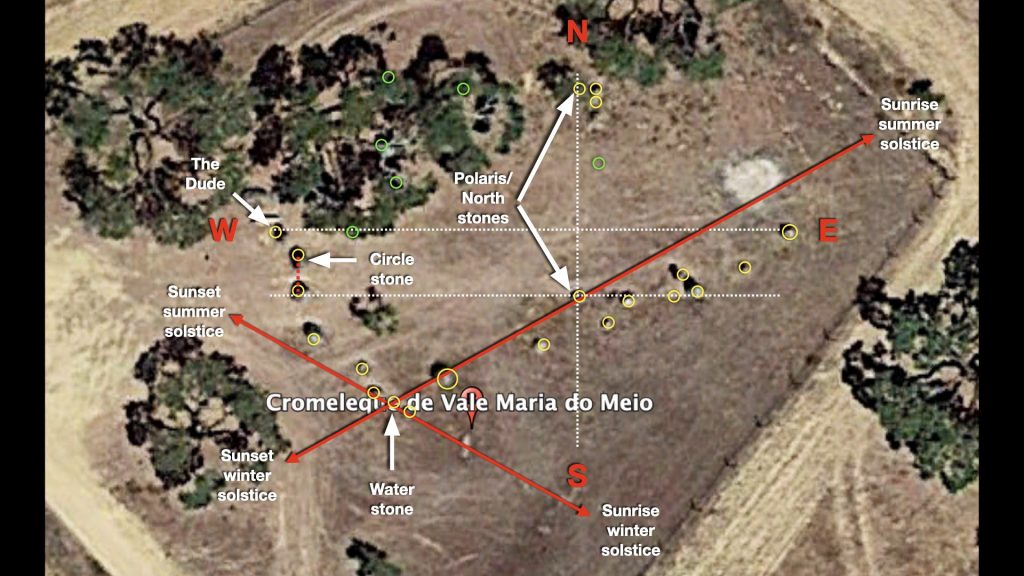
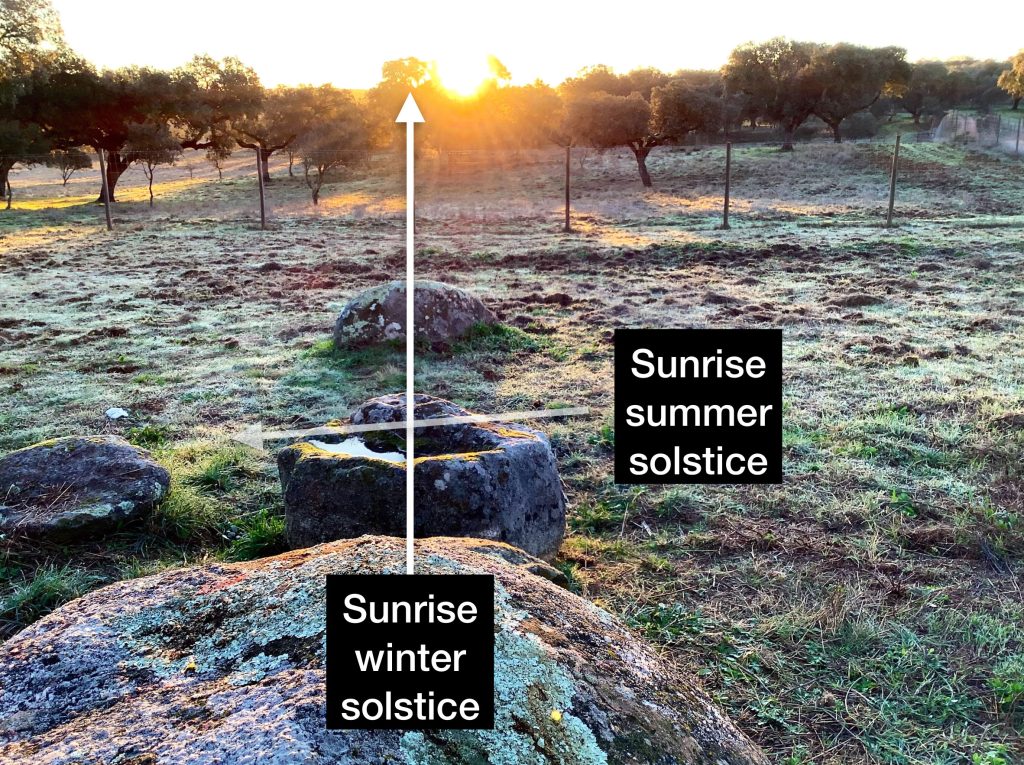
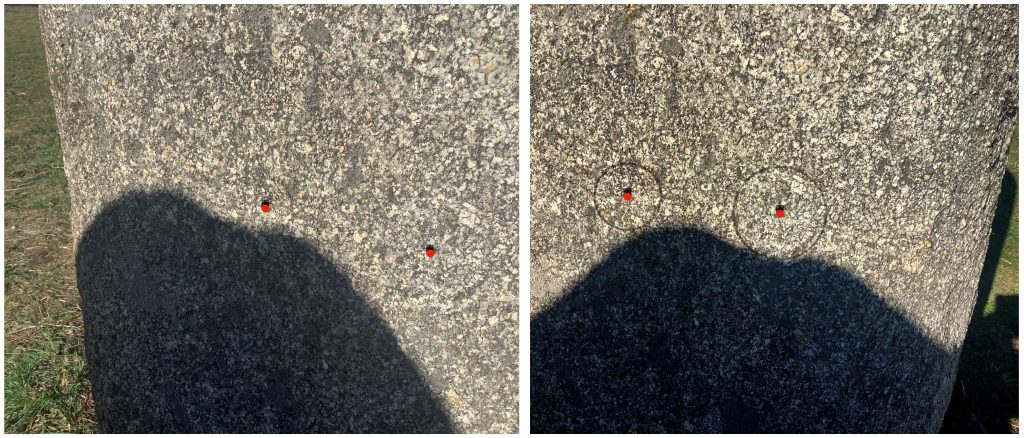
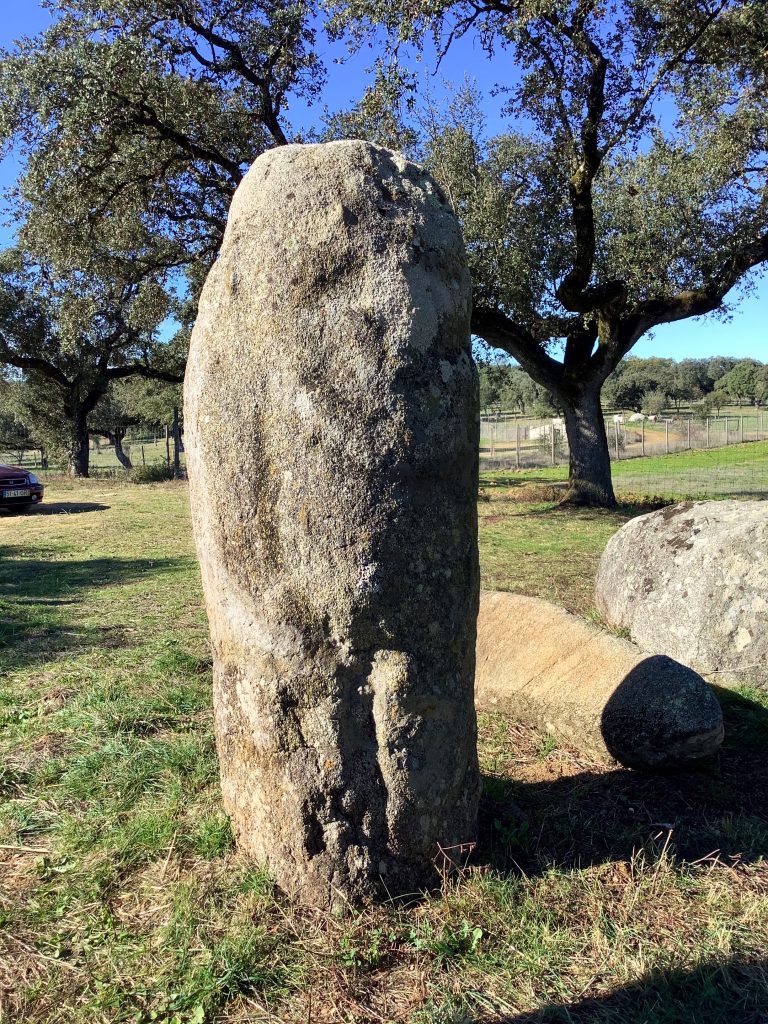
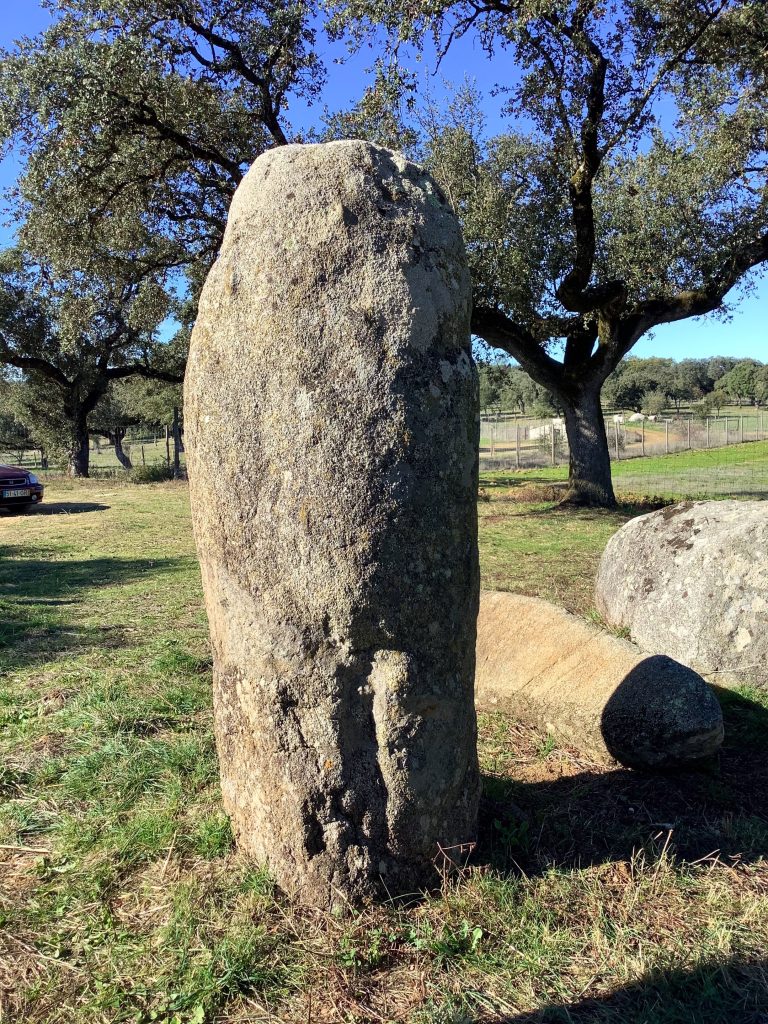
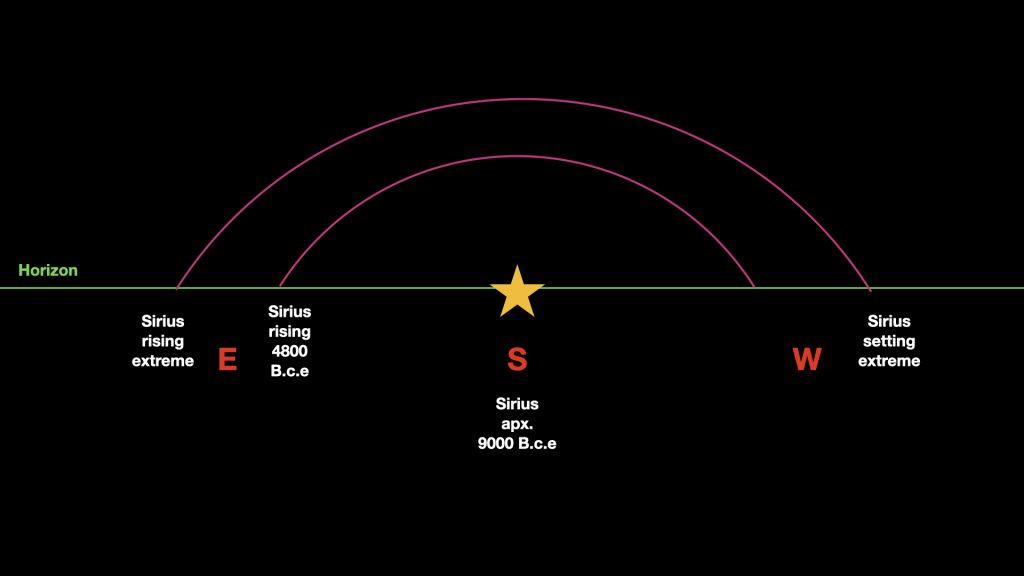
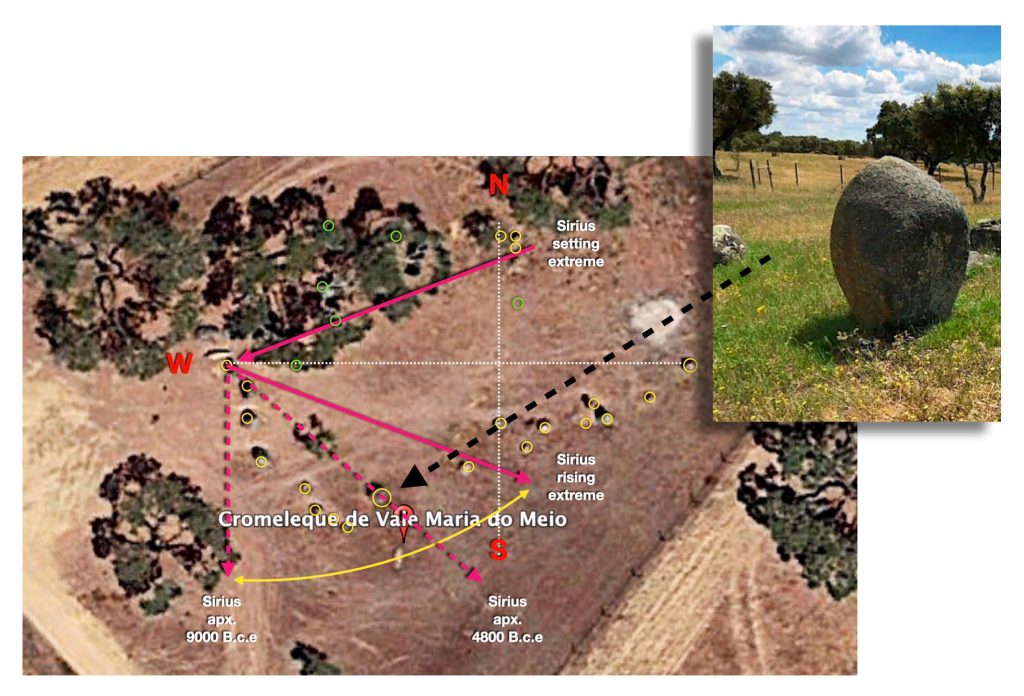
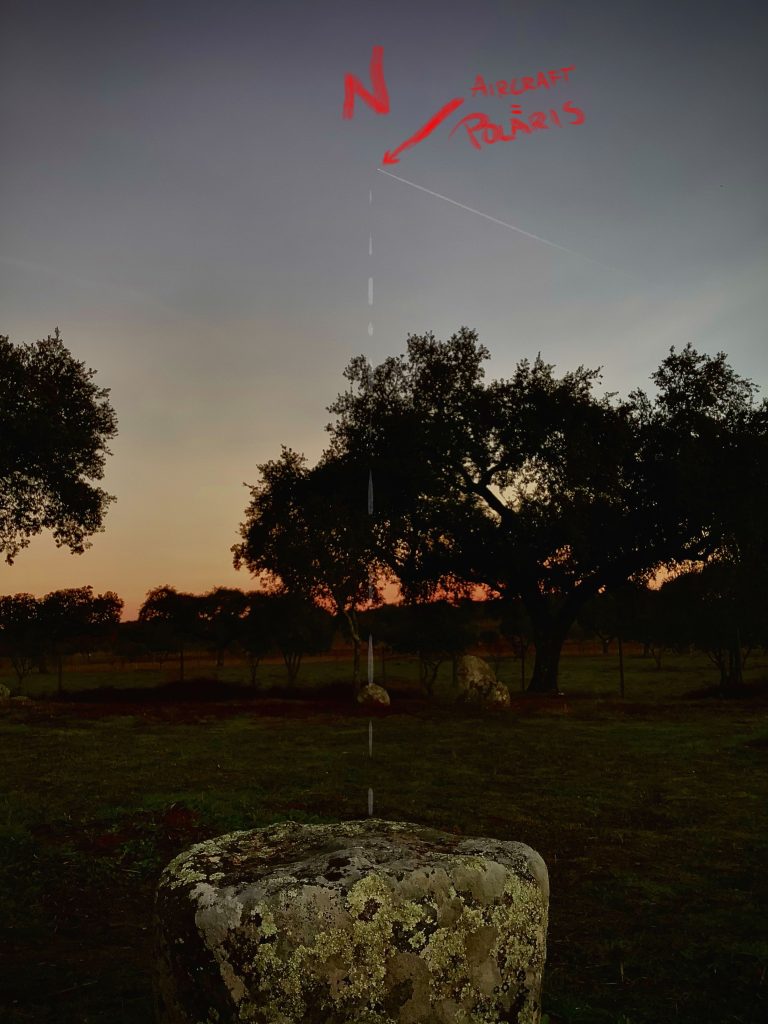

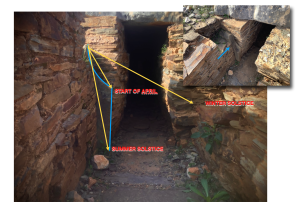

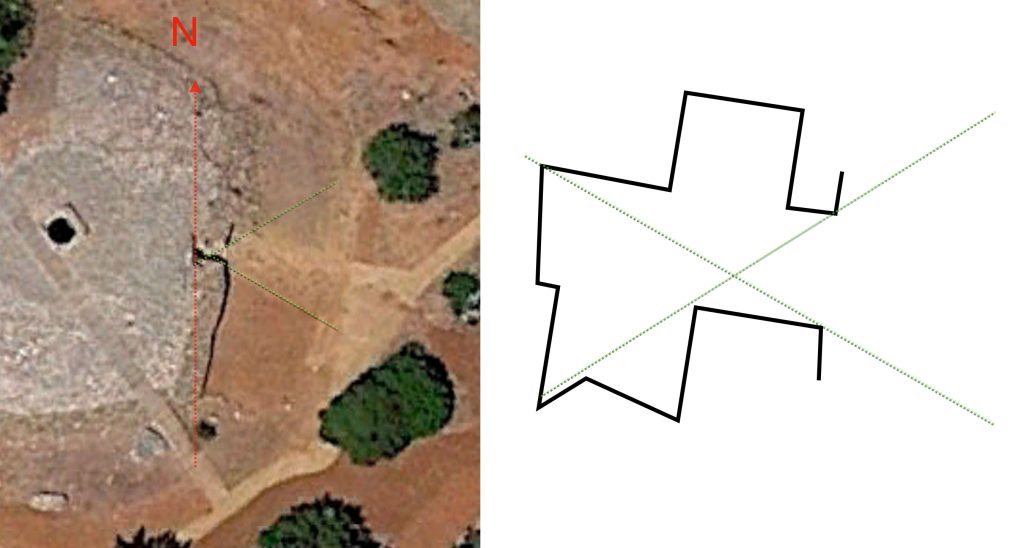

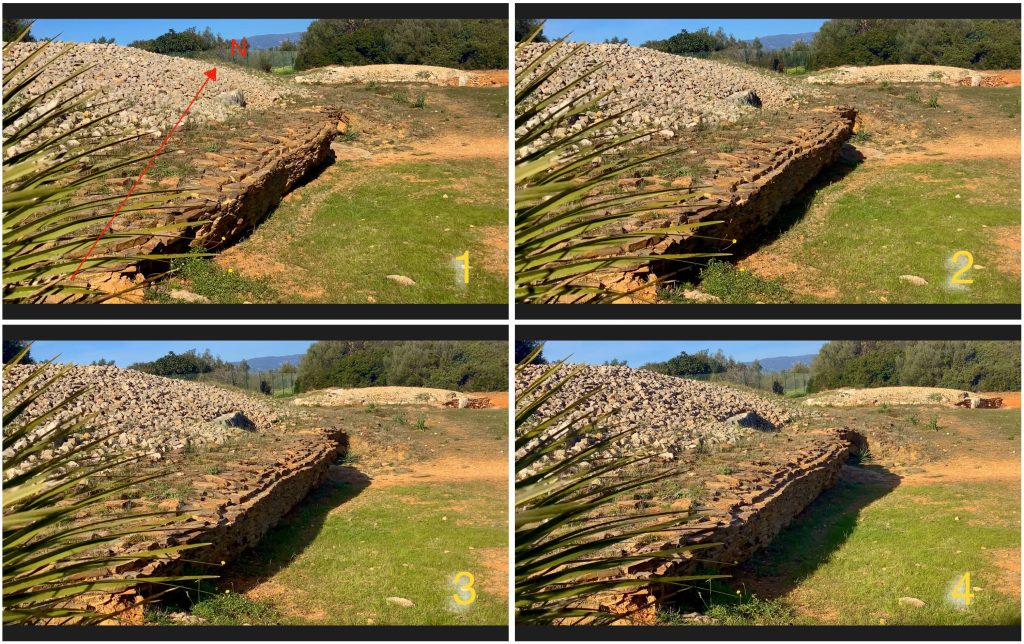
This is truly fascinating. I have always despised how museums and professional archeological, historical, etc., type people always tell us stories about the past as though they are absolute. The fact that we were not there to witness the events that occurred, and also that we are not inside the heads of those who created these things, is plenty enough for me to still keep a wild imagination and wonder about such things. I have no idea what sort of experience you have with the exploration and history of these puzzle pieces from the past, but i definitely love your approach to examining them. The way you leave everything open-ended, and your unorthodox approach to taking a look, has got me wanting to explore, and now im left wondering if there is anything here in Ontario, Canada that I can easily go check out. Youve definitely sparked a child-like wonder inside my imagination, and i thank you for that.
Thank you so much HellKitten! There is a saying: “When you change the way you look at things – things you look at change”. I try to keep an open mind and not under-estimate the ancients because they knew what they were doing. It is up to us to figure it out. So nice to hear that you want to contribute; our history is right on our doorstep. Maybe search for `earthwork´ (hand-made mounds) on the internet. Perhaps they are aligned to interesting directions?
Good luck!
/Leonard
There are ancient figures worshipped by people in the past even until today. The man with the horn, woman with serpent part, a virgin, a giant, a wise man. I believe they were real people, lived in the past. Now we have to do some research on who these people really are.
Its an asclepion
Death and rebirth
It seems back in the day Hallucination was part of everyday life.
They took influence from it hence the similarities worldwide.
Those almendra stones were erected in the last few decades i thought.
Love portugal its the templars new jeruselem.
Majic,treasure and tripping great place.
O and all waterways are full of gold
This Stone Circle is said to be one of the sacred ancestral sites that contain the original Dream of Creation, the blueprint of a natural world order that was seeded into the earth by our ancestors. This cosmic library was accessed and its content downloaded in modern times by Sabine Lichtenfels, who then used this knowledge as a basis to found the peace reserach community called Tamera in Portugal that has been existing now for several decades. This stone circle was reproduced by the tamera community.
It is a wonder that the original Dream of creation still exists after all this rape and pludering, manipulation and opression, deception and information warfare. For as Long as ancestral dreams exist there is a future; as long as there are people who think the original thought, dream the foundation dream, weave the Word of origin, it will inevitably manifest. It´s a wonder…